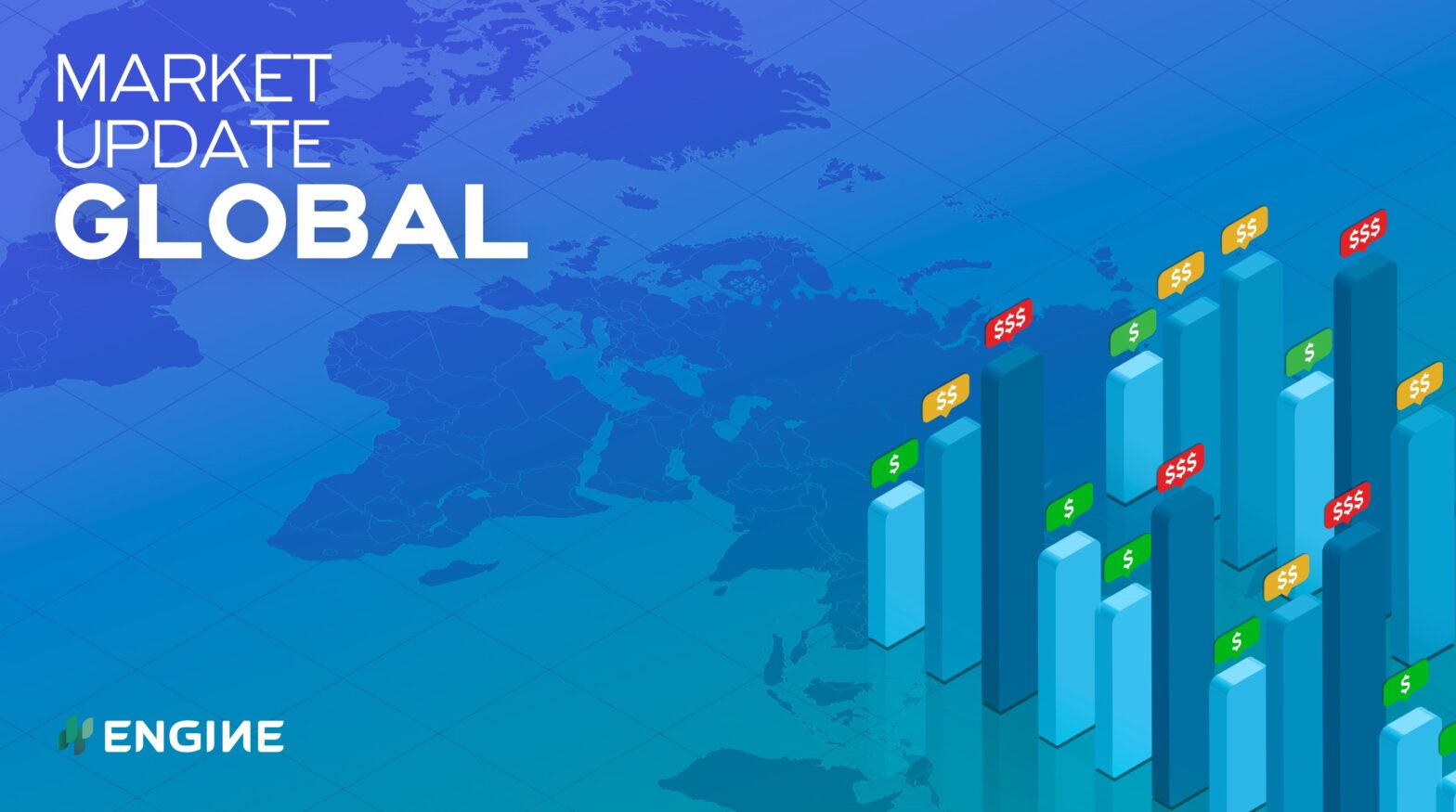Bunker prices have rallied to multi-month highs in several ports in the Americas, propelled by Brent futures trading close to $80/bbl for the first time in three years.
Changes on the day since Friday, to 09.30 CST (14.30 GMT) today:
- VLSFO prices up in New York ($16/mt), Houston ($10/mt), Los Angeles ($8/mt) and Zona Comun ($7/mt), and down in Balboa ($10/mt)
- LSMGO prices up in Los Angeles ($17/mt), Houston ($16/mt), Zona Comun ($11/mt), New York ($4/mt) and Balboa ($1/mt)
- HSFO380 prices up in Los Angeles ($14/mt), New York ($12/mt) and Houston ($4/mt), and down in Balboa ($2/mt)
VLSFO, LSMGO and HSFO380 prices are at their highest point since the IMO 2020 transition in Houston, New York and Los Angeles.
Balboa’s VLSFO price has shed $10/mt after making sharp gains at the end of last week. That has brought the Panamanian port’s price down to parity with Houston’s price, which has gained by an equal amount since Friday.
VLSFO is tight with certain suppliers in Balboa, and readily available from others.
Zona Comun has strong winds and some swells forecast this afternoon, potentially hampering deliveries, shipping agent Antares says. Calmer conditions are forecast tomorrow, before wind speeds pick up again with even more strength on Thursday. Disruptions are expected then.
VLSFO prices gains in Rio Grande and Paranagua have outpaced that in Zona Comun since Friday, to double Zona Comun’s discount to $8/mt.
VLSFO prices in Zona Comun, Rio Grande, Paranagua and Santos since 1 September
Santos’ price for the grade has also moved up, but by $6/mt less than Rio Grande and Paranagua, to widen its discounts to $28-30/mt.
Santos has seen cargo throughput grow in the first eight months of the year compared to last year. 20% bump in container TEU handling, Seatrade Maritime News reports. But the number of ships calling at Santos fell by 2% on the year. The drop accelerated in August, with 8% fewer ships calling than a year earlier.
Brent
Front-month ICE Brent crude has added $1.95/bbl on the day since Friday, to $79.75/bbl at 09.30 CST (14.30 GMT) today.
Brent has been rallying for five straight days amid supply concerns. Persistently shut in offshore crude production in the Gulf of Mexico, and an inability of some OPEC+ members to pump enough oil to fill their production quotas.
US crude inventories have slumped to their lowest point since October 2018, which was also the last time Brent made it above the $79/bbl mark. The majority of US offshore crude production was shut in when suppliers braced for the impact of Hurricane Ida a month ago, and some platforms incurred long-term damage. Crude inventory draws have accelerated as a result.
Some OPEC+ members have been unable to raise output in line with the group’s policy of easing output cuts by 400,000 b/d in each month between August and December this year. A lack of investment and maintenance issues have led Nigeria and Angola to fall 276,000 b/d short of their combined 2.83 million b/d production quota so far this year, according to Reuters.
Tightening natural gas supplies and surging prices could prompt more power plants than usual to switch to cheaper fuel oil and gasoil, especially as the colder winter months approach in the northern hemisphere. Oil prices will be under sustained pressure, according to OANDA analyst Jeffrey Halley.
“Brent crude will have resistance at USD 79.50, the intra-day high, followed by USD 80.00 a barrel. It should then move quickly to USD 82.00, and a rally to the [2018] highs around USD 87.00 a barrel in the days ahead is not inconceivable,” he says.
